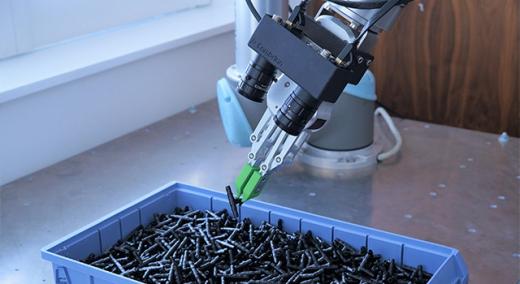The manufacturing sector is currently facing a number of challenges. Technological change, pressing environmental issues, and globalization require a number of adjustments, such as investing in new technologies, conserving resources, and optimizing and securing supply chains.
|
ADVERTISEMENT |
Shifting production back to the domestic market is increasingly an option. This requires not only resilience, but also compliance with strict environmental regulations and cost-efficient strategies to make domestic manufacturing competitive. Moreover, those who want to ensure the competitiveness of domestic production must overcome personnel bottlenecks.
Automation through robotics has long since become the driving force here, and artificial intelligence (AI) is increasingly taking on a key role. This technology is developing just as rapidly as the pressure for automation is increasing. In order to map production processes in one’s own company with AI, simplifying AI integration and shortening training phases are already decisive factors.
…

Add new comment